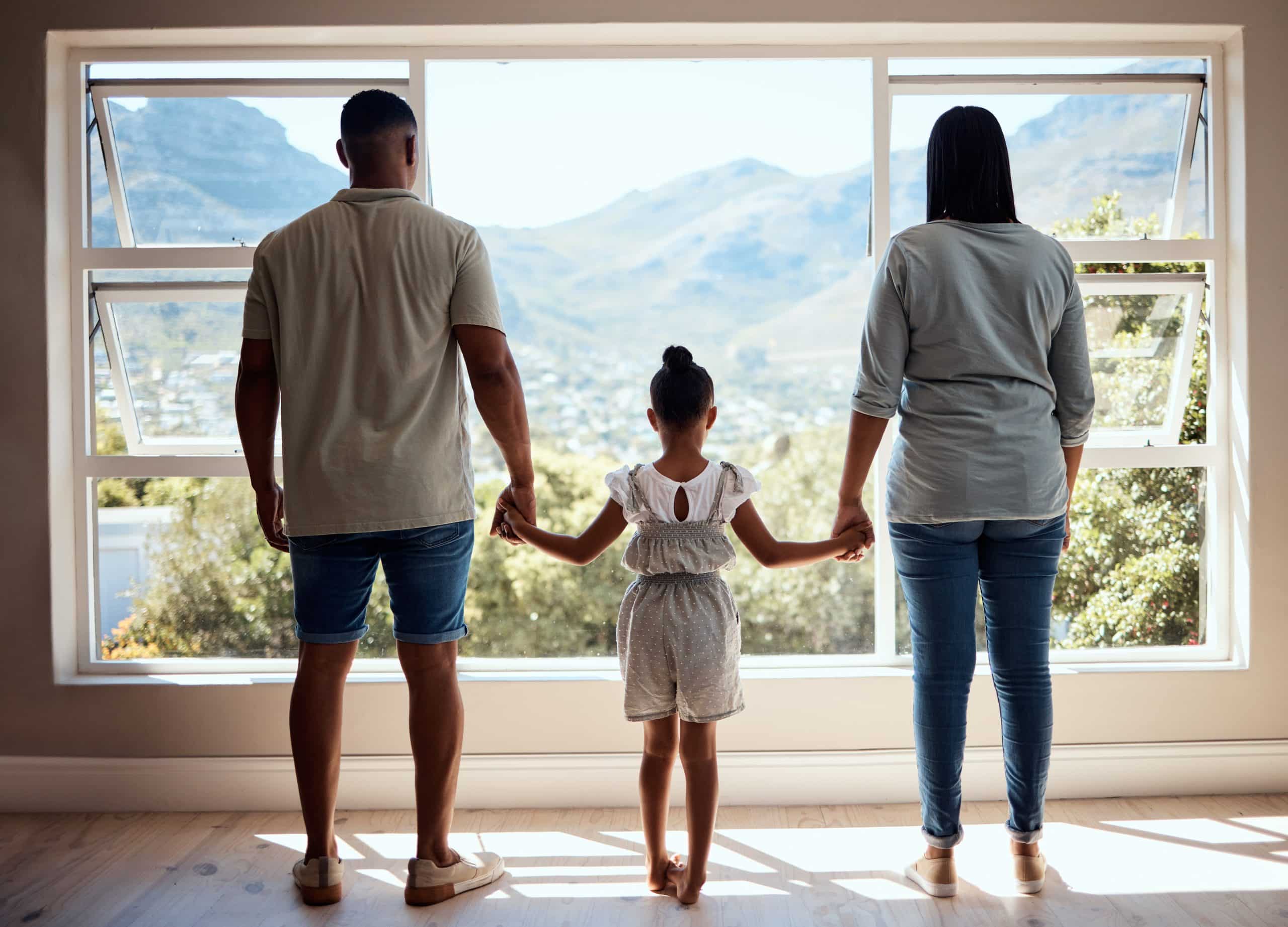What Are the Best Practices for Designing Real Estate in Tornado-prone Areas?

Designing and building homes in tornado-prone areas requires a unique blend of resilience and innovation. The threat of tornadoes and other natural disasters demands a sophisticated approach that combines high-quality materials, advanced design techniques, and an in-depth understanding of the impact of natural forces on building structures. The primary focus should be on creating structures that can withstand high wind loads, deflect debris, and minimize damage to protect the safety of the inhabitants.
Building Materials with High Resilience
The selection of building materials plays a pivotal role in enhancing the resilience of a building to withstand tornadoes. Traditional materials like concrete and steel, while strong and durable, may not offer the level of resistance needed to resist the high-impact forces of a tornado.
A voir aussi : How Can Real Estate Development Be Balanced with Wildlife Corridor Conservation?
Recent advancements in materials science have led to the development of innovative materials that offer superior resilience. One such material is reinforced concrete, which combines the strength of steel with the resilience of concrete to offer a material system that can withstand high wind speeds and significant debris impacts.
Another innovative material is fiber-reinforced polymers (FRPs), a type of composite material that offers superior strength-to-weight ratios and excellent damage tolerance. These materials can be used in various building systems, including roof structures and window frames, to enhance the resilience of the structure.
A voir aussi : What Considerations Should Be Made for Building Resilience to Earthquakes in Real Estate?
However, it’s not only about the choice of material but also about how these materials are used. For instance, using interlocking brick systems can enhance the overall resilience of the building by creating a solid, interconnected structure that can distribute the load evenly across the structure, reducing the chances of collapse.
Designing for High Wind Loads
The design of a building in a tornado-prone area should account for the high wind loads that the structure will be subjected to. This includes designing the building’s shape and orientation to reduce the wind forces and their impact on the building.
The roof design plays a crucial role in this respect. A hipped roof, which slopes on all sides, is more aerodynamic and therefore less likely to be damaged by high winds compared to a gable roof.
Another design strategy is to create a continuous load path in the building, which means that all parts of the building – from the roof to the foundation – are connected in such a way that the wind forces are distributed evenly across the structure. This reduces the chances of any part of the building being torn off by the wind.
Windows are another critical aspect of the design. Impact-resistant windows can reduce the chances of wind-borne debris breaking the windows and causing further damage to the structure. They also help keep the building’s internal pressure stable, reducing the chances of the roof being lifted off by the wind.
Fire-resistant Features
While tornadoes themselves do not cause fires, the damage they cause can result in gas leaks and electrical malfunctions that can lead to fires. Therefore, incorporating fire-resistant features into the building design can further enhance the structure’s resilience.
One way to achieve this is by using fire-resistant materials, such as fire-retardant treated wood, for the building’s framing. Fire-resistant glazing can also be used for the windows to prevent the spread of fire.
In addition, installing a sprinkler system can help control any fires that do occur. While this does not prevent the initial damage caused by the tornado, it can help prevent further damage and loss of life caused by fire.
Flood Resistant Design
Tornadoes often bring heavy rain, which can result in flooding. Therefore, building homes in tornado-prone areas also requires careful consideration of flood-resistant design features.
One approach is to raise the building off the ground using piers or stilts. This can help prevent floodwaters from entering the building and causing damage.
Another strategy is to use flood vents in the foundation, which allow water to flow freely through the building, reducing the pressure on the structure and preventing further damage.
Warranty and Insurance
Lastly, ensuring that the building comes with a good warranty and insurance cover can provide added peace of mind to the homeowners. The warranty should cover all aspects of the building, including the materials, design, and workmanship.
Insurance, on the other hand, should cover not only the building itself but also the contents. It should provide adequate cover for the replacement cost of the building and its contents in case of damage caused by a tornado.
Designing and building homes in tornado-prone areas is a complex process that requires careful consideration of many factors. However, with the right materials, design strategies, and protective measures, it is possible to create homes that are not only safe and resilient but also comfortable and beautiful.
Incorporating Safe Rooms and Wind-Resistant Features
To further enhance the resilient building design in tornado-prone areas, the inclusion of safe rooms and wind-resistant features is a worthwhile consideration. A safe room is a fortified area within the house that provides a refuge for occupants during a tornado. According to building codes, safe rooms should be able to withstand winds of up to 250 miles per hour, equivalent to an EF5 tornado, the highest rating on the Enhanced Fujita scale.
Safe rooms are typically built using reinforced concrete or steel and are often located in the basement or on the ground floor of a house. They may include a heavy-duty door and ventilation system to ensure occupants can breathe even if the rest of the house is damaged.
The design of garage doors also demands special attention in tornado-prone areas. Garage doors are typically large and can be vulnerable to high winds. Therefore, they should be designed to be wind-resistant. This can be achieved by using stronger materials, reinforcing the door with horizontal bracing, or installing a specially designed wind-resistant garage door.
Furthermore, landscaping can also be designed to minimize wind damage. Planting trees and shrubs around the property can help to deflect wind and flying debris away from the home. However, it’s important to ensure that trees are planted far enough away from the house so that they don’t pose a risk if they are uprooted during a tornado.
Commitment to Best Practices and Ongoing Maintenance
Building a resilient home in a tornado-prone area does not end with the completion of construction. It’s crucial to ensure the home is maintained properly to retain its structural integrity and resilience over time. This includes regular assessments and repairs by qualified service contractors.
Homeowners should familiarize themselves with the key elements of their home’s design and construction, from the foundation to the roof, so they can spot issues such as cracks, leaks, and other signs of wear and tear. Climate change and its impact on the frequency and intensity of natural disasters also make it crucial to adapt and upgrade homes as needed to meet evolving challenges.
Moreover, the commitment to best practices also extends to the equipment and appliances within the home. They should be maintained regularly and replaced or upgraded when needed to prevent electrical malfunctions that could lead to fires following a tornado.
Conclusion
Designing real estate in tornado-prone areas is a science and an art. It requires a careful blend of innovative materials, advanced design techniques, and a deep understanding of the forces of nature. It’s about creating homes that can withstand the powerful high winds of tornadoes, deflect flying debris, and protect the occupants.
While the challenge is significant, the rewards are great. A resilient home can help to protect a family’s life, their possessions, and their peace of mind. It brings the assurance that, even in the face of a tornado, the home will stand strong, providing a safe haven for its inhabitants.
By incorporating best practices such as using high-quality, impact-resistant materials, designing for high wind loads, incorporating fire resistance, and providing a structural warranty, homeowners can have confidence in their home’s resilience.
The increasing frequency and intensity of natural disasters due to climate change make it even more critical for architects, builders, and homeowners to take these considerations into account in the design and construction of homes in tornado-prone areas.
Ultimately, the aim is to create homes that are not only a safe sanctuary in times of storms but also comfortable and appealing dwellings in times of calm. Through resilience, innovation, and careful design, this is an achievable goal.
